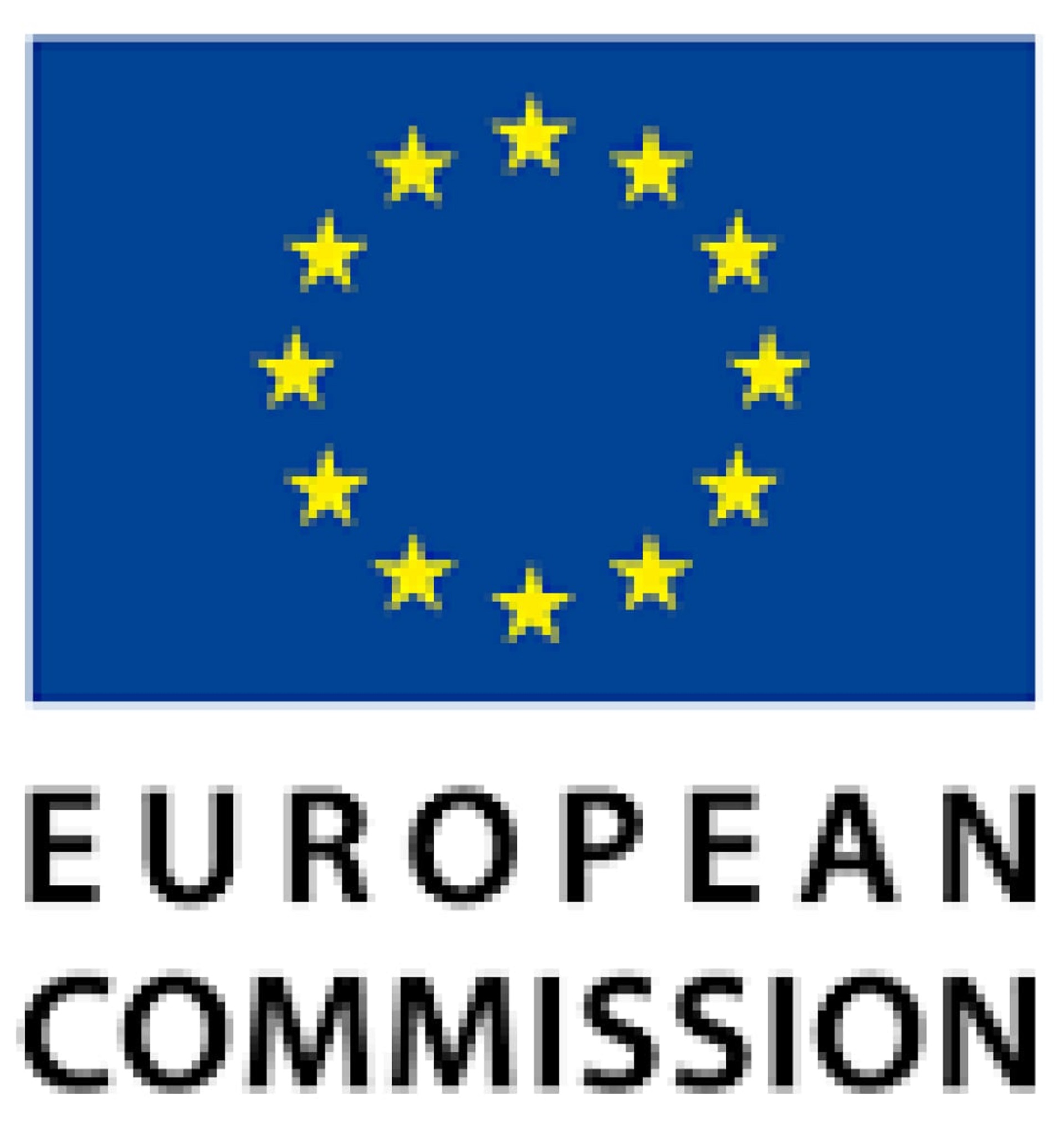
Preparing for emerging threats and empowering countries to respond, safeguarding global health security
From surveillance systems that detect emerging threats to ensuring countries are stocked with critical supplies, WHO’s global systems prepare countries, health systems and communities to respond rapidly if an emergency hits.
This includes supporting national governments in building resilient health services that can withstand diverse threats. From strengthening primary care and providing mental health support in conflict zones, to training, coordinating and supporting the retention of specialist medical teams who can be rapidly deployed during health emergencies, WHO is creating a legacy of preparedness and recovery for communities in crisis.













